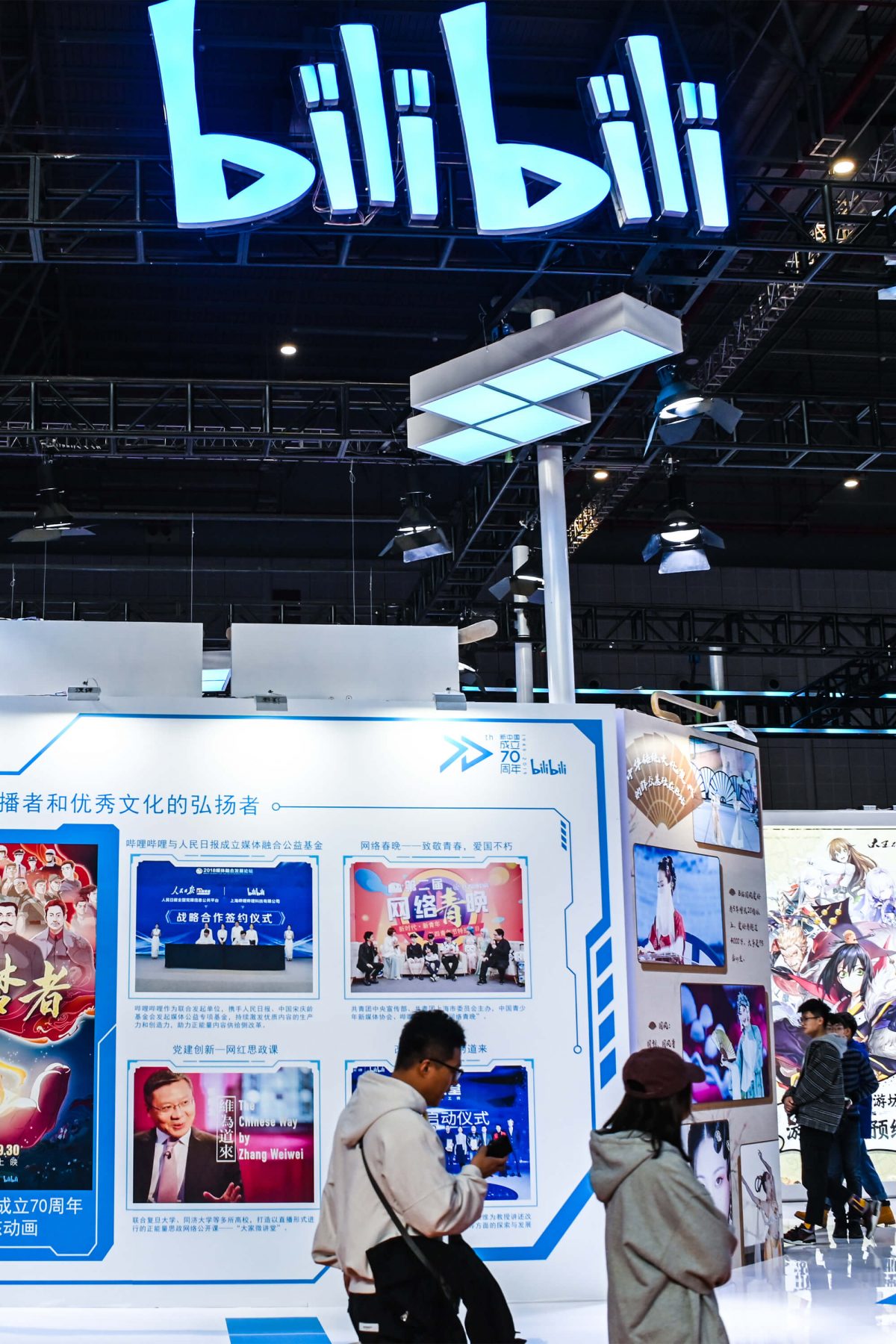The Chinese video sharing website is going from subculture to mainstream.
Born as a playground for anime, comics and games fans in 2009, Chinese video sharing website Bilibili has successfully broken out of its subculture circle and entered the mainstream by acquiring users and diversifying into advertising and paid content.
Often compared to YouTube, Bilibili allows users to consume video content on topics, from lifestyle and games to technology, and selected creators to share user-generated content. The platform also has a social element, with users able to overlay commentary on the video to engage with each other, and has expanded its capabilities to include live streaming, advertising, mobile gaming and e-commerce.
The company, which went public in 2018, reported 172 million monthly active users in Q1 2020, a 70 per cent year-on-year increase. The number of paying users also jumped 134 per cent to 13.4 million. This rapid user growth has caught the attention of investors including tech-giant Tencent, which became its second-largest shareholder with a $300 million investment in 2018. Alibaba and Sony have also invested.
For luxury brands, Bilibili represents an opportunity to seize on Gen Z customers, which make 81 per cent of the platform’s user base, according to QuestMobile, and familiarise them with their products and brand ethos. The advantage is clear: while they might not have a strong purchasing power for now, this generation is expected to account for 55 per cent of total luxury consumption by 2025.
“Real life” content is king
Many luxury brands have already joined the platform through collaborations, videos or straight advertising. In 2019, Louis Vuitton collaborated with Bilibili to launch an AR feature which transformed users in the online game League of Legends with a look for the character Qiyana inspired by the runway collection: a crop top, high-waisted trousers and Dauphine bag. In May of this year, Dior produced a video featuring virtual KOL Xuefei Nova modelling Dior styles and walking through the brand’s shops in Paris and Shanghai. Also in May, Dior and Gucci advertised on Bilibili during the 520 Valentine’s Day celebrations, while Fendi promoted a special customised Peekaboo bag.
While Bilibili’s user base is promising, luxury brands experimenting with the platform need to cater to users that have a preference for real-life content, how-to videos and humour.
“Users like to see controversial, topical, parody, relaxing or popular content,” says Alex Wang, who has invested in Acne Studios, Gentle Monster and Jiangxiaobai. “The biggest difference from other [platforms] is that [content] needs to be closer to real life; it can’t pretend to be high-end.” According to Wang, if luxury and fashion brands want to get involved with Bilibili, they should “find a balance between their high-end image and something more in touch with reality”.
Under the current algorithm and editorial thinking of Bilibili, content that is more life-oriented and has elements of humour works best. The most popular videos when searching for luxury brand names in Bilibili are those about unboxing new products or complaints. According to Bilibili insiders, in the platform’s fashion section, content related to beauty and cosmetics are the most produced and consumed.
The most popular content creators on the platforms are also those opening a window into their daily lives. Teresa Peng, one of the top 100 content creators selected by Bilibili in 2018, is a “pan-entertainment blogger” who produces her own lifestyle vlog series, selecting, shooting and editing her videos. Most of her fans are girls aged between 16 to 25 who want to see the real life of an “ordinary girl”. Another blogger, Shiro, says some of the most popular content is vlogs that record every bit of life.
Profitability through diversification
Bilibili’s breakout success is intrinsically linked to expensive marketing costs. The company’s sales and marketing expenses increased 234 per cent to $85 million in Q1 2020, leading to a net loss of around $75.9 million.
The company’s main revenue is still its gaming business, but Bilibili is investing in a more diversified model that could bring in more profit, mainly through a budding advertising business. “With the development of the company’s non-gaming business (including advertising revenue, live broadcast revenue, paid content and e-commerce), profitability may continue to improve,” says a Bloomberg Intelligence report.
According to consulting agency Mkt Creator/Yingchuang Laboratory, during the “Double 11” shopping festival in 2019, more than 50 beauty brands placed ads on the platform, which scored the highest conversion rate among all platforms analysed.
Bilibili also plans to produce more of its own content and invest in educating creators to produce higher-quality commercial content, setting up specific programmes. The site’s “Fashion Star Programme”, dedicated to fashion content, offered traffic support, extra rewards and commercial resources to KOLs, helping them gain up to 150,000 fans in a week.


